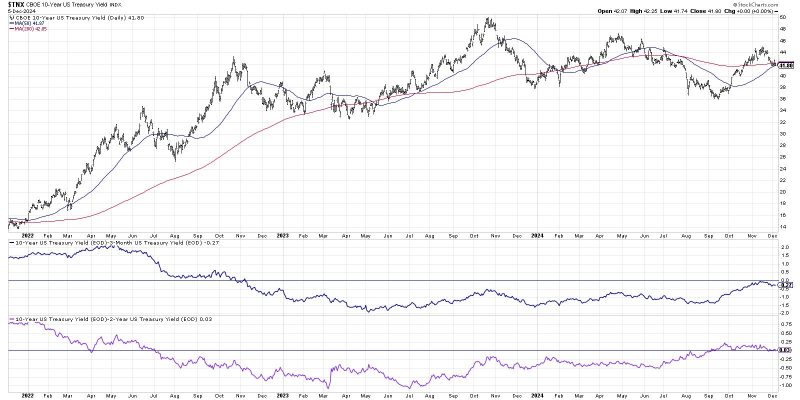Exchange-traded funds (ETFs) are an increasingly popular way for investors to gain exposure to specific sectors or market trends. With a normalizing yield curve on the horizon, certain ETFs are positioned to capitalize on this shift in the fixed income market. In particular, two ETFs stand out as potential winners in this environment: the iShares 1-3 Year Treasury Bond ETF (SHY) and the iShares 20+ Year Treasury Bond ETF (TLT).
For investors seeking short-term exposure to the fixed income market, the iShares 1-3 Year Treasury Bond ETF (SHY) offers an attractive option. This ETF aims to track the investment results of an index composed of U.S. Treasury bonds with remaining maturities between one and three years. As the yield curve normalizes, shorter-term bonds typically experience less volatility compared to longer-term bonds. This means that SHY could provide a more stable source of income while still benefiting from rising interest rates associated with a steepening yield curve.
On the other end of the spectrum, the iShares 20+ Year Treasury Bond ETF (TLT) is poised to benefit from a normalizing yield curve due to its focus on longer-term U.S. Treasury bonds. As interest rates rise, the value of existing longer-term bonds may decline, leading to potential capital losses for investors holding these securities. However, TLT offers a way for investors to gain exposure to longer-term Treasuries without taking on the risk of holding individual bonds. By investing in TLT, investors can benefit from the potential price appreciation of longer-term bonds as interest rates climb.
Both SHY and TLT provide investors with unique opportunities to capitalize on a normalizing yield curve, but it is essential for investors to consider their risk tolerance and investment objectives before adding these ETFs to their portfolios. While SHY may offer a more conservative approach with lower volatility, TLT provides the potential for greater returns at the cost of increased risk. By carefully assessing their investment goals and market outlook, investors can make informed decisions on whether these ETFs are suitable additions to their portfolios in anticipation of a changing yield curve landscape.
